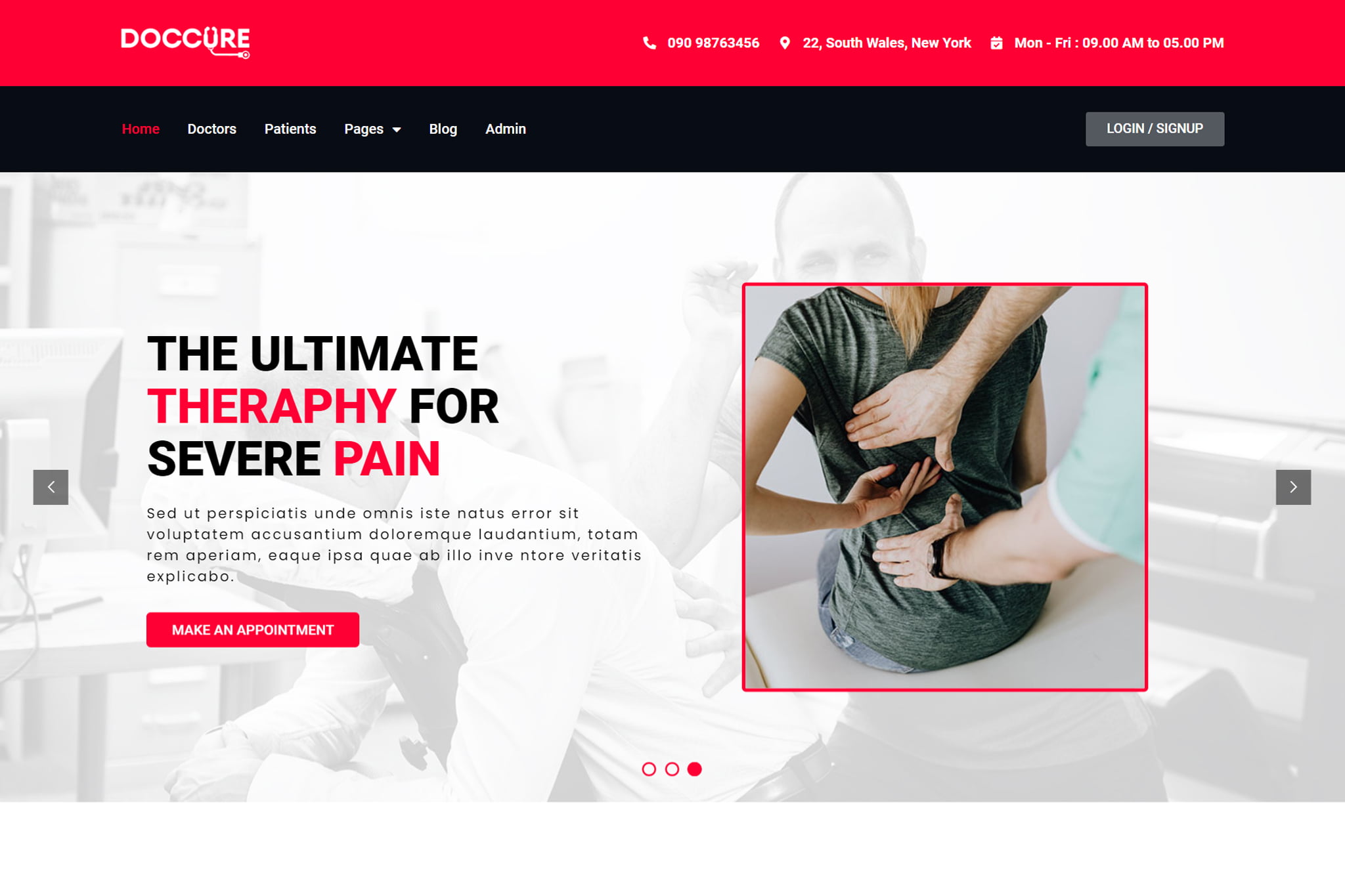In the dynamic landscape of healthcare, a well-designed Hospital Management System (HMS) website plays a pivotal role in streamlining operations, enhancing patient care, and improving overall efficiency. This article provides a step-by-step guide on how to create a robust HMS website, ensuring seamless integration of essential features like patient management, appointment scheduling, staff coordination, and data security. Contact grocoder to build your hospital management system website.
Define Requirements and Objectives:
Before diving into the development process, it is crucial to clearly define the requirements and objectives of your Hospital Management System. Identify the specific features your system needs, such as patient registration, appointment scheduling, electronic health records, and billing. Understanding the unique needs of your healthcare facility will guide the development process and ensure the system aligns with your organizational goals.
Choose the Right Technology Stack:
Selecting the appropriate technology stack is a fundamental decision in HMS website development. Opt for a combination of frontend and backend technologies that suit your requirements. Common choices include HTML, CSS, and JavaScript for the frontend, and backend languages like Python, PHP, or Java. Additionally, choose a reliable database management system, such as MySQL or PostgreSQL, to ensure efficient data storage and retrieval.
Database Design:
Plan and design the database structure meticulously, considering the complexity of healthcare data. Define tables for patient information, staff details, appointments, and other relevant data. Prioritize database normalization to optimize data storage and maintain data integrity. This step lays the foundation for a secure and organized storage system that will be vital in managing the vast amount of information generated in a healthcare setting.
Frontend Development:
Create a user-friendly and responsive frontend interface using HTML, CSS, and JavaScript. Design intuitive web pages that facilitate easy navigation for users. Ensure that the interface is accessible on various devices, including desktops, tablets, and smartphones. A visually appealing and user-centric front end is essential for engaging both healthcare professionals and patients who interact with the system.
Backend Development and Business Logic:
Develop the backend logic to handle the core functionalities of your HMS website. Implement server-side processes that manage user requests, process data, and interact with the database. Choose a backend framework that aligns with your chosen programming language. Integration of different modules, such as patient management, appointment scheduling, and billing, requires robust backend development to ensure seamless communication and data flow between these components.
User Authentication and Authorization:
Implement a secure user authentication system to control access to sensitive information. Define user roles and permissions to ensure that only authorized personnel can access specific functionalities. Prioritize security measures such as password hashing and encryption to safeguard patient data. Compliance with healthcare regulations, including HIPAA, is paramount in securing patient information.
Read More: Hospital Management System Website
Security Measures:
Prioritize security throughout the development process. Use encryption for data transmission (HTTPS) to protect sensitive information during communication. Regularly update and patch software to address potential vulnerabilities. Conduct thorough security audits and testing to identify and mitigate any potential risks. Adhering to the highest security standards is essential when dealing with confidential healthcare data.
Testing and Quality Assurance:
Thoroughly test your HMS website for functionality, usability, and security. Conduct unit testing, integration testing, and user acceptance testing to identify and rectify any issues. Quality assurance is critical to ensuring that the system performs reliably and meets the expectations of healthcare professionals and administrators.
Conclusion:
Creating a Hospital Management System website requires careful planning, technical expertise, and a commitment to security and compliance. By following this comprehensive guide, healthcare facilities can develop a robust and efficient system that enhances patient care, streamlines operations and adapts to the ever-evolving healthcare landscape. Investing in a well-designed HMS website is a strategic move toward achieving operational excellence in the healthcare industry.



